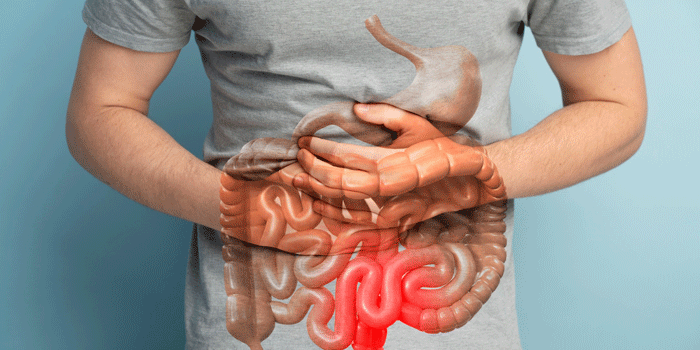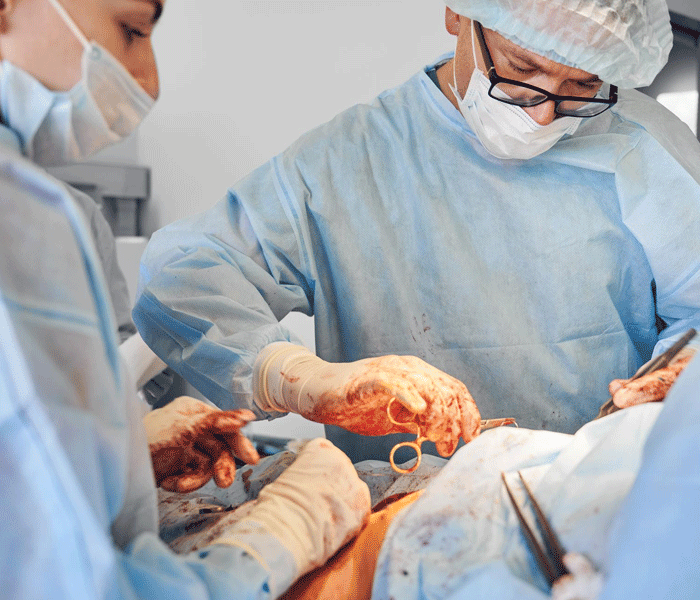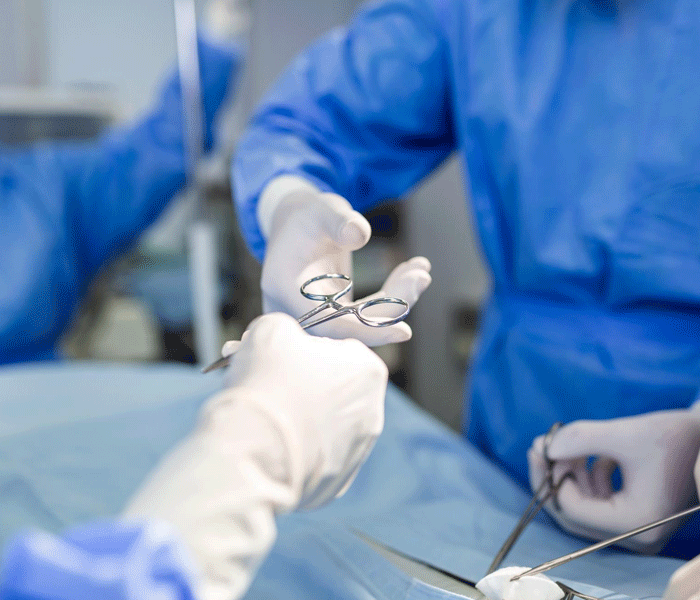Bladder Cancer
- Home
- Bladder Cancer

Overview
Bladder cancer arises from the cells (Urothelial cells) that lines the urinary bladder. These cells are also found in the inner part of kidneys and urine tubes (Ureters) that connect kidney and bladder.
Most bladder cancers are detected at an early stage and are highly curable.
Risk factors
- Smoking
- Increasing age
- Exposure to certain chemical like arsenic and chemical used to manufacture dyes, rubber, leather, textiles, and paints.
-
Previous cancer treatment like
- Radiotherapy
- Chemotherapy (cyclophosphamide)
- Chronic bladder inflammation due to stone disease or Parasitic infection called Schistosomiasis
- Familial cancers like Lynch syndrome.
Symptoms
These patient present most commonly with
- Blood in urine (hematuria)
- Frequent urination.
- Pain during urination.
- Back ache.
Diagnosis
- Urine cytology – looking for cancer cells in urine
- Ultrasound abdomen – to look for any mass or swelling in bladder.
- Cystosocpy – visualization using special scopes inside bladder to locate and biopsy these tumor.
- CT scan/MRI scan – to know the local extent of cancer and spread to lymph node.
- PET CT Scan – to assess spread to other organs..
Treatment
Surgery – There are various type of surgeries for bladder cancer.
- Initial treatment is TURBT (Transurethral resection of bladder tumor).
- Using Cystoscope the tumor is visualized and if possible completely removed.
-
Based on the TURBT report the tumor can be classified into
- a. Superficial or non muscle invasive bladder cancer.
- b. Muscle invasive cancer.
NMIBC s after complete removal are treated with Intravesical Therapy (instillation of drugs into the bladder) at scheduled intervals to prevent recurrences and then checking periodically using cystoscopy. In this treatment the patient will retain his native bladder.

Radical Cystoectomy
When the tumor becomes muscle invasive(i.e) it invades into deeper statures or if recurrs after one or more cycles of intravesical therapy , then the patient needs removal of bladder( Radical Cystectomy). This is the gold standard treatment for bladder cancer. In this surgery the urinary bladder is removed completely along with the lymph nodes.
After removal of the bladder a new way will be created to pass urine.
One method is to use part of intestine to divert urine to the outside of body (ostomy or stoma or conduit)
In another type, a long segment of the intestine is used to create a pouch which will be attached to the urinary passage (Orthotopic Neobladder Reconstruction). With this the patient will be able to pass urine in the normal way at his will.

Trimodality Therapy
Selected group of patients with early stage muscle invasive cancer can be treated with Surgery (TURBT), Chemotherapy and Radiation Therapy in a particular sequence so that bladder removal (Cystoctomy) can be avoided.

Systemic therapy
Patients with early stage muscle invasive cancer are treated with initial Chemotherapy (Neo Adjuvant) if they are fit followed by surgery or as part of Trimodality therapy.
Patients with advanced stage cancer are treated with
- Chemotherapy
- Immunotherapy
- Targeted Therapy
- Genetic Therapy.
